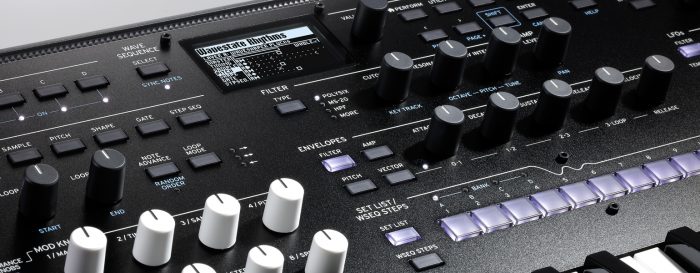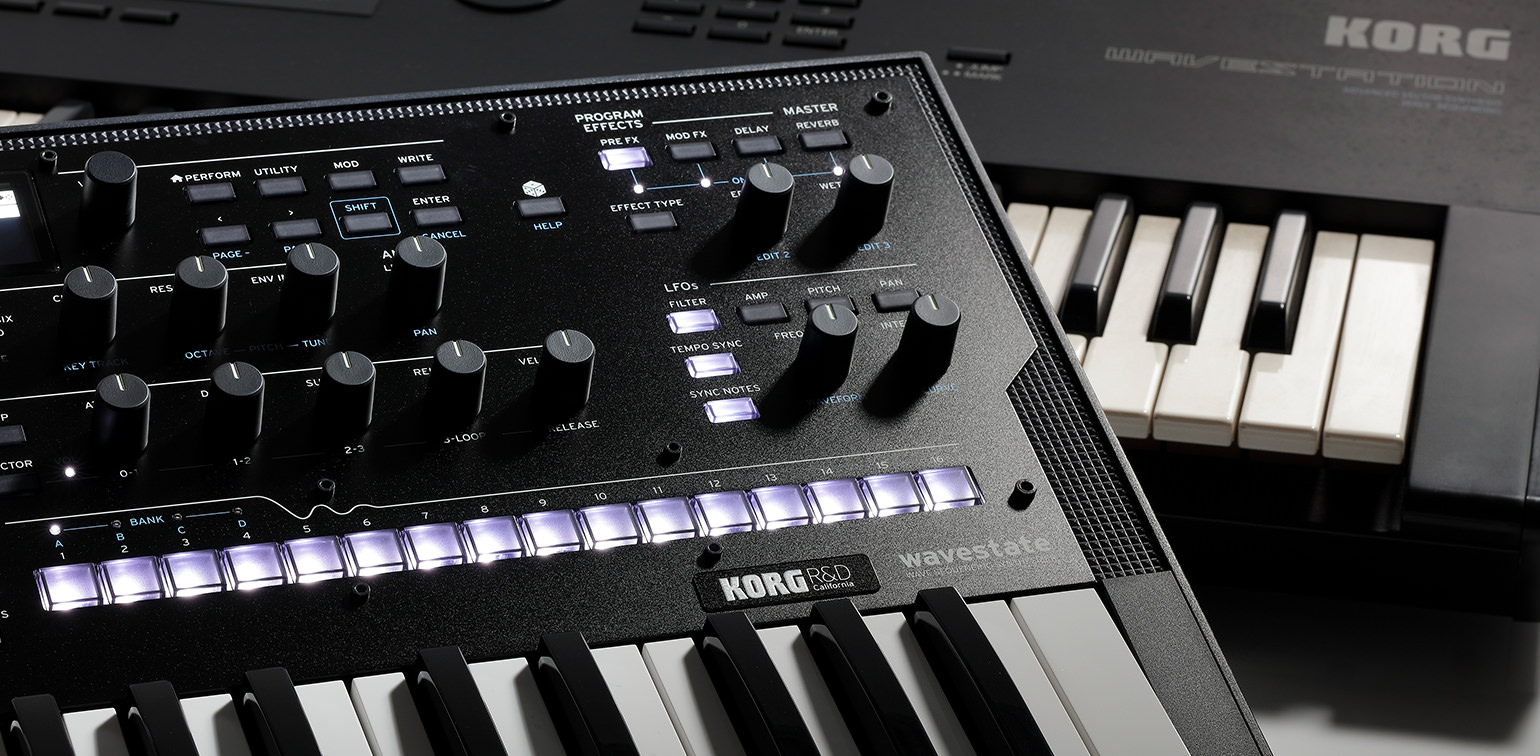Korg’s Wavestate brings the sound of 90s vector synths back to 2020
Korg have announced the exciting return of one of their shortest lived, yet most influential, synths in a bigger and badder build.
Korg’s Wavestation made the unique sounds cemented in time by the X-Files theme and the music of Genesis and Depeche Mode. With it’s unique form of synthesis the sound laid a distinct blueprint for it’s users to experiment with.
Using vector synthesis, Korg combined samples together to create Wave Sequencing and a whole new world of sound. By cross-fading multiple samples together the synth was capable of creating sounds with a totally distinct and evolving motion.
Korg have harnessed the essence of what made the Wavestation and it’s 90’s successors so renowned and enhanced it for the modified return in the Wavestate. Wave Sequencing 2.0 has been built from the ground up again to develop upon their creation and present it to a brand new audience of sound makers.
Korg said alongside their announcement: “The Wavestate is designed from the ground up for a new generation of musicians, producers, and composers, taking cues from sources as diverse as modular synths, groove boxes, and algorithmic composition. The compact form-factor, with 37 full-size keys, transports easily and fits neatly into any stage, studio, or desktop setup.”
The original Korg Wavestation looked like a keyboard with some functional buttons for customisation. The Wavestate takes it’s design to the next level with dials galore for filters, envelopes, LFOs and effects to truly customise and refine in-depth the sounds you’re synthesising as you play.

What’s new with Wave Sequencing 2.0:
Wave Sequencing 2.0 splits apart the timing, the sequence of samples, and the melody, so that each can be manipulated independently. Also added are new characteristics including shapes, gate times, and step sequencer values. Each of these is a “Lane,” and each Lane can have a different number of steps and its own start, end, and loop points.
Every time the sequence moves forward, the individual Lanes are combined to create the output. For instance, a sample may be matched with a different duration, pitch, shape, gate length, and step sequence value every time that it plays. You can modulate each Lane’s start, end, and loop points separately for every note, using velocity, LFOs, envelopes, Mod Knobs, or other controllers. Each note in a chord can be playing something different!

Lanes can also randomize the step order every time they play, with realtime control over the range of included steps. Finally, individual steps can be randomly skipped, with a modulatable probability from 0 to 100%. The result is organic, ever-changing sounds that respond to your control. The four onboard arpeggiators can interact with Wave Sequences for even more possibilities.
Korg’s Wavestate is expected to start shipping very soon for $800 / £699. Find out more about the new Wavestate synth from Korg’s website.
